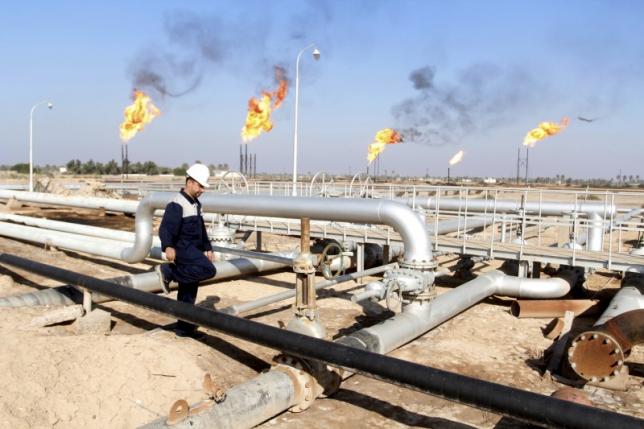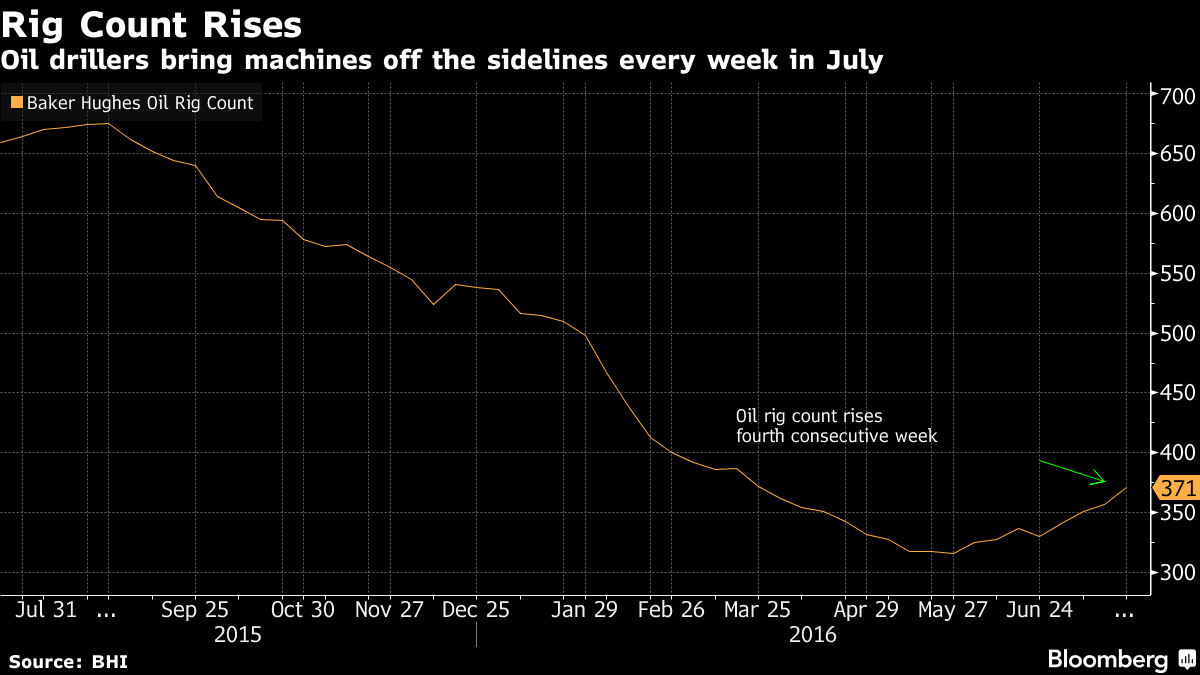Peak Oil Review – 15 Aug 2016
Oil prices climbed a bit on Monday, fell on Tuesday and Wednesday, and then surged upwards on Thursday and Friday after the Saudi energy minister said his country would be willing to discuss rebalancing the oil market. The minister said Saudi Arabia would “take any action to help” the crude market and will discuss the issue at a meeting in Septmber. Coupled with an EIA forecast that foresees a “sustained tightening” of the crude markets and a reduction in product stocks, New York futures prices now have climbed from below $40 a barrel early in the month to a close of $44.49 on Friday. The IEA says that a combination of falling production and increasing demand, which will be up by 1.4 million b/d in 2016, means that there will be no oversupply in the second half of this year. The Agency believes that refinery processing of crude is now down about 500,000 b/d year over year and projects that production in North and South America alone will be down by 700,000 b/d in the third quarter.




